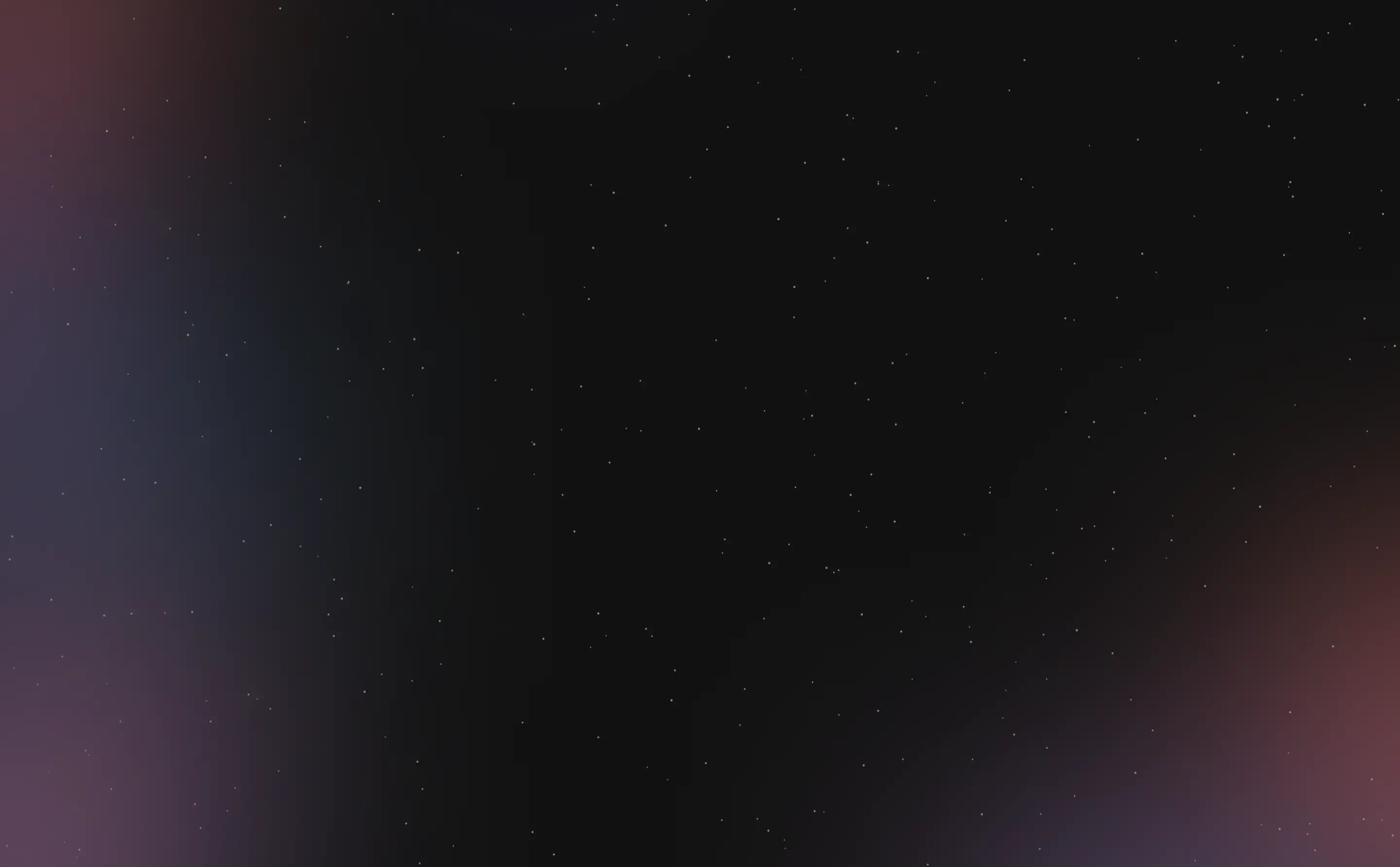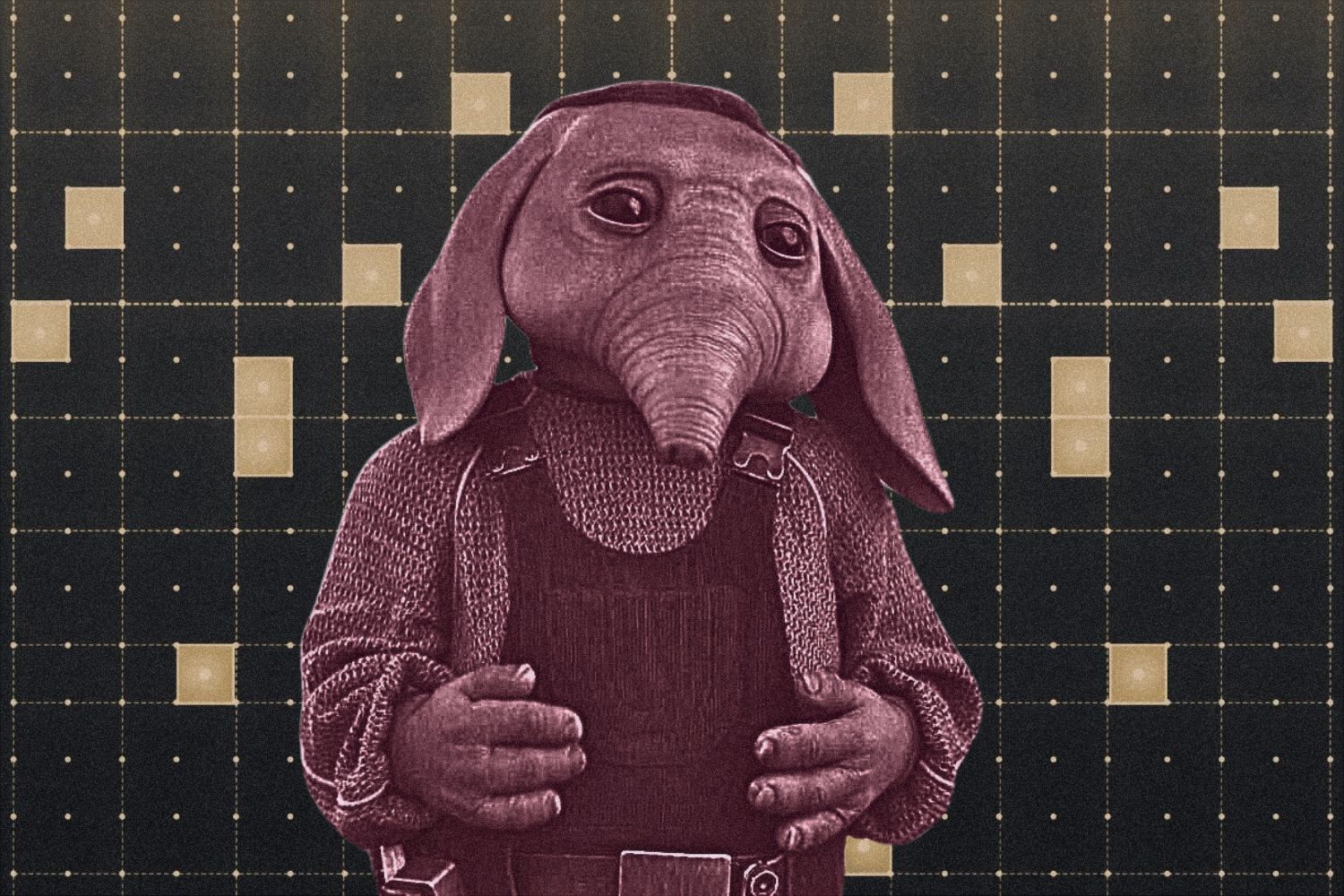The Fascinating Hispanic and Latin Influences on Star Wars
Youtini continues to celebrate National Hispanic Heritage Month with a look at the places and cultures that have become a part of Star Wars.
Sep 26, 2024
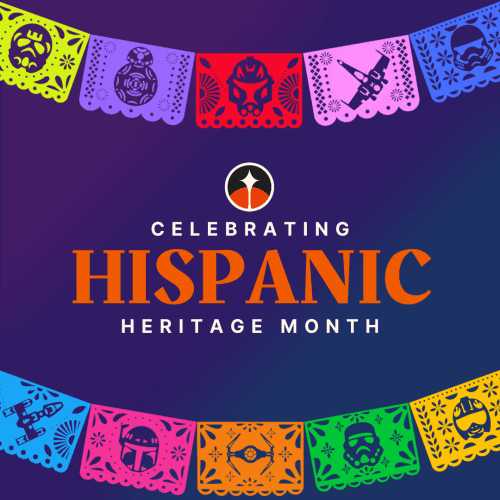
Even when you build an entirely new fictional universe, you need to start somewhere. While Star Wars famously takes place “a long time ago in a galaxy far, far away,” its stories and aesthetic draw from cultures around the globe. Using our own diverse world for inspiration has resulted in a vibrant galaxy.
Among the many influences the look and feel of Star Wars, Hispanic and Latin cultures have contributed to some of the franchise’s most iconic themes, locales, and details.
Guatemala
Tik’al, the ruin of an ancient city in the northern Guatemalan rain forest, was the setting for the Rebel Alliance’s Yavin IV base in 1977’s A New Hope.
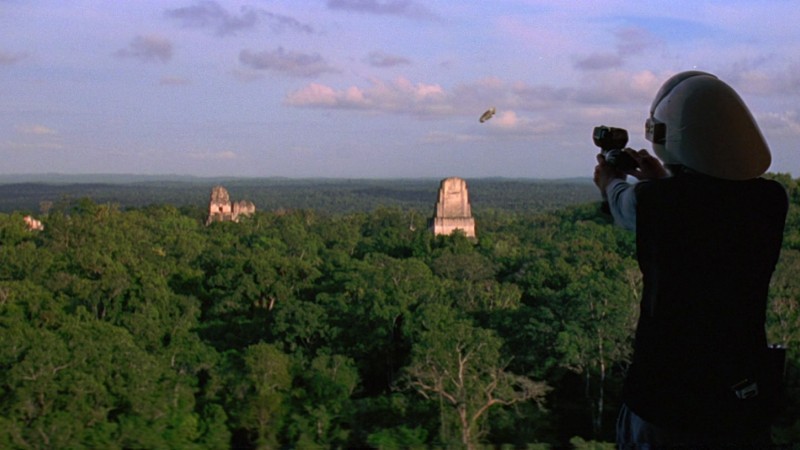
Lucasfilm
Oscar Isaac, the actor who played Poe Dameron, was born in Guatemala. That led him to suggest that Poe could come from Yavin IV, which became part of the Shattered Empire storyline.
Mexico
Princess Leia’s Hair
In creating Princess Leia, George Lucas didn’t want the typical “damsel in distress” trope. Nor did he want a contemporary style. He found inspiration from women who fought in the Mexican Revolution (1910-1920). In a 2002 interview with Time, Lucas said, “I went with a kind of southwestern Pancho Villa revolutionary look.”
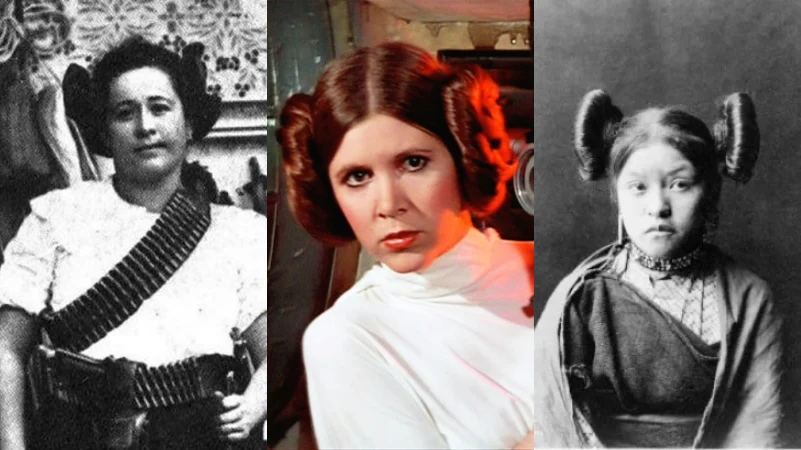
The iconic buns may not have been practical, or even common, as a hairstyle for soldaderas. Many of whom went disguised as men to support the cause. Nevertheless, a traveling Smithsonian exhibit about Star Wars costumes included a photo of revolutionary Clara de la Rocha with the unmistakable look.
The style itself appears to come from the Hopi, Native Americans who live primarily in modern-day Arizona. Padmé Amidala wears a style in Attack of the Clones that suggests similar influences.

Lucasfilm
Luthen Rael’s Gallery
Scouring the galaxy to stock your high-end gallery is a good cover for Luthen Rael in Andor. In addition to all sorts of Star Wars Easter eggs, his shelves feature two pieces from Aztec culture.
A sculpture of a double-headed serpent derives from an Aztec sculpture. The version from what is now Mexico has two snake heads, while the one in Luthen’s shop has two rancor heads (as if a normal rancor isn’t bad enough).
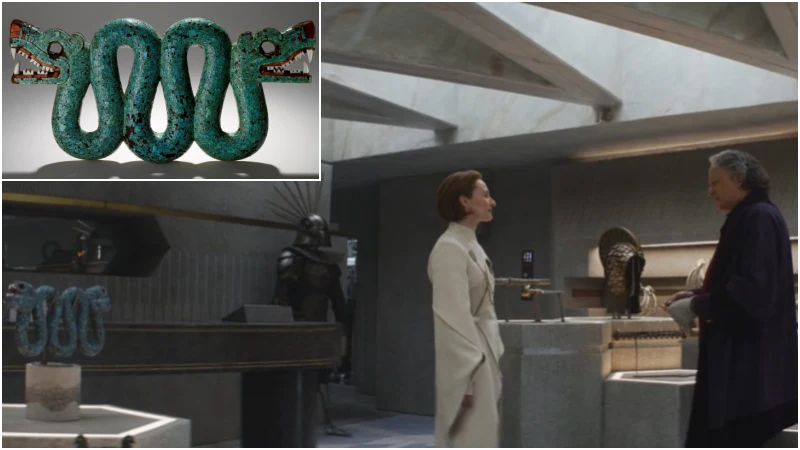
Lucasfilm
Another piece is based on the Aztec Sun Stone, one of the most famous pieces of Aztec sculpture, dating back to the early 1500s.

Lucasfilm
Diego Luna, who plays Cassian Andor and is one of the show’s executive producers, is from Mexico. He grew up in Mexico City — once the Aztec capital. Are these pieces a nod from the art department to his roots?
Bolivia
Located in southwestern Bolivia, near the crest of the Andes Mountains, Salar de Uyni is the largest salt flat on Earth. It also served as the planet Crait in 2017’s The Last Jedi. Even without the red sediment beneath the salt, it’s a striking setting.

Lucasfilm
Spain
PunkRobot Studio is an animation studio in Chile. Its 2014 short film Bear Story won the first Oscar for animation in Latin America. PunkRobot also made the third episode of Star Wars: Visions Volume 2, “In the Stars.” Co-written, directed, and edited by co-founder Gabriel Osorio, the short tells a story of resistance to the Galactic Empire that evokes the plight of Chile's indigenous Selk’nam people.
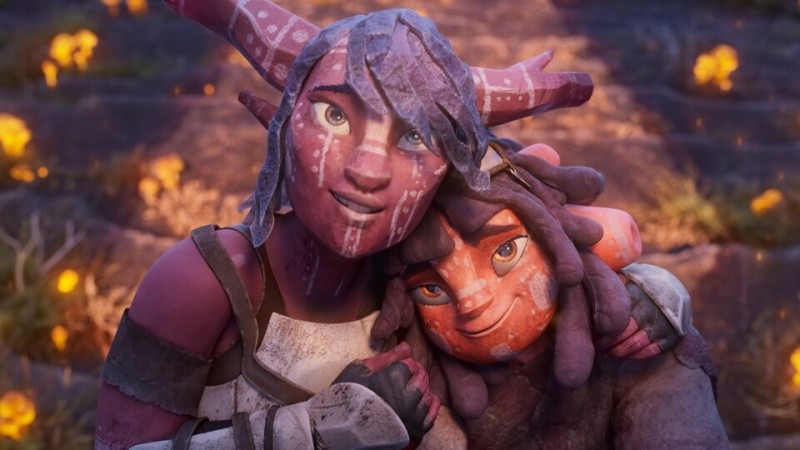
Lucasfilm
Much of the episode’s visual style comes from Patagonia, the southernmost part of South America. It also draws on the Selk’nam people’s art, culture, and beliefs.
Spain
The Plaza de España is a famous landmark in Seville, in the south of Spain. George Lucas chose it for the scene shortly after Anakin and Padmé arrive on Theed in Attack of the Clones.

Lucasfilm
Another Spanish filming location is Fuerteventura in the Canary Islands, off the coast of Morocco. The sand dunes and cliffs along the shoreline serve as Savareen in Solo: A Star Wars Story.
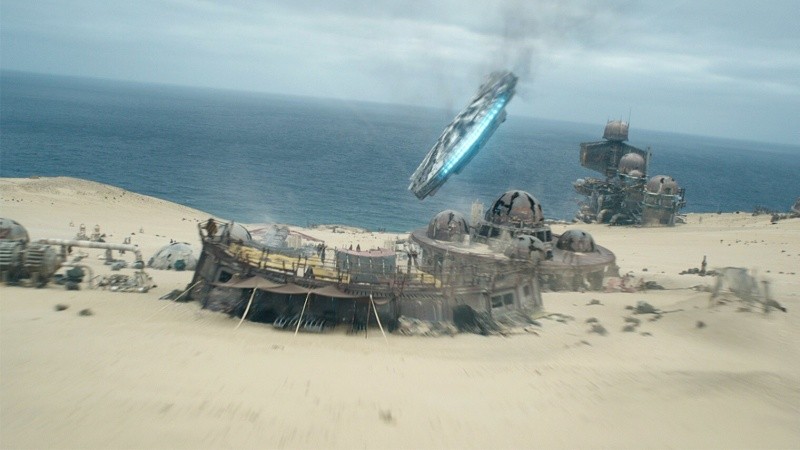
Lucasfilm
Spain is also home to El Guiri Studios, an animation studio founded by Rodrigo Blaas. With Blaas directing, El Guiri created “Sith,” the first episode of Star Wars Visions Volume 2. The episode’s visual style recalls a painter's canvas and uses bold colors to convey its themes.
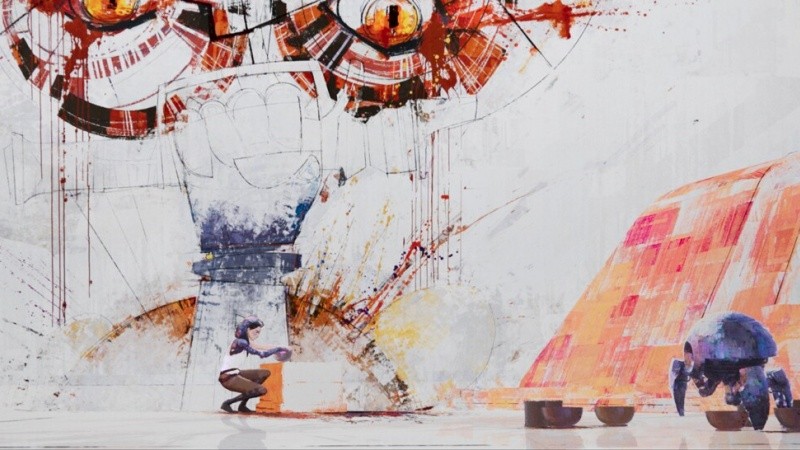
Lucasfilm
Blaas says Spain's rich history of iconic painters like Picasso and Dalí inspired him. Many of their famous works are in museums near El Guiri in Madrid.
While other cultures also appear in Star Wars, it's safe to say that the galaxy wouldn't be the same without these influences. More importantly, learning about them opens our eyes to real-life stories from our world that we may not have heard.
Personally, while I'd heard of Pancho Villa in history class, I had not known about the soldaderas. I'd heard of Patagonia but didn't know what the Selk'nam people had experienced. What example was most interesting or surprising to you? Do you know of an example we missed? Join the discussion in Youtini's Discord and let us know.
¡Que la Fuerza los acompañe!
Karl Sander is the Editor in Cheif at Youtini and has been with the team since 2018. A devoted fan of both Legends and Canon, Karl is passionate about uncovering hidden gems in Star Wars literature and helping fans explore the galaxy's stories through reviews, podcasts, and thoughtful insights.


